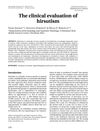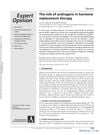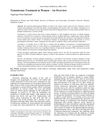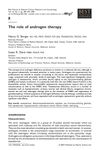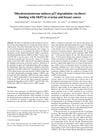Behavior of the Two Circulating Androgens Testosterone and DHEA and Their Main Intracellular Metabolites in an Androgen-Sensitive Sebocyte Cell Line
April 2019
in “
Journal of Investigative Dermatology
”
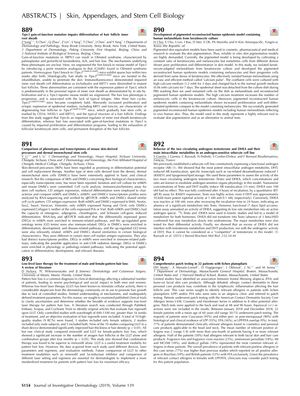
TLDR Testosterone affects androgen receptors and lipid storage in cells, while DHEA does not convert to testosterone or affect these receptors in the same way.
In the 2019 study, researchers examined the effects of testosterone (Testo) and dehydroepiandrosterone (DHEA) on an androgen-sensitive sebocyte cell line. They discovered that Testo and its more potent metabolite dihydrotestosterone (DHT) at nanomolar concentrations could induce androgen receptor (AR) translocation, specific transcript expression such as RASD1, and lipogenesis/lipid storage. DHEA, on the other hand, did not activate AR translocation or RASD1 expression at 100 nM, suggesting it does not convert into Testo significantly. However, DHEA showed some activity in a lipid accumulation assay over 7 days, indicating slow metabolism into an active androgen species, possibly androsterone, but not into Testo. The study concluded that DHEA does not compete with Testo in terms of metabolism and DHT production, nor does it interfere with DHT's androgenic activity in this cell line model.

